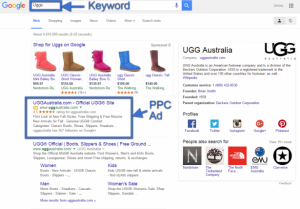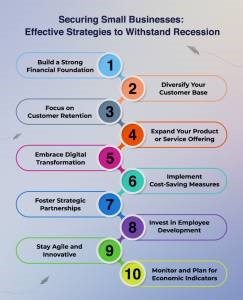The growing popularity of live streaming TV among movie lovers and other stakeholders has led to the debate: has live streaming become a formidable replacement for cable TV?
An unbiased stance about the potential of live streaming to serve as a worthy replacement for cable TV can only be done by considering the statistics about these two viewing options. I will conduct a comprehensive analysis of the two options using some common criteria that play the biggest role in people’s choice.
Subscription Cost
Subscription cost is one of the most important factors that determine where people want to pledge their allegiance.
When subscription cost was used as the basis for comparing the two services, Leitchman Research Group came with this assertion: “A Netflix subscription costs $ 7.99 per month; a Hulu subscription starts at $ 7.99 per month and Amazon Prime costs $ 99 per year. At the same time, the average cable TV subscription costs about $ 99 per month.” What is the result of this difference in subscription cost?
An online survey conducted by PricewaterhouseCooper involving over 1,200 consumers in the US answers the question. The report of the survey shows that “Many former cable or satellite television subscribers have abandoned those services because of the cost.” The result of this survey says it all: consumers prefer the cheaper subscription cost of live streaming to the exorbitant subscription cost of cable TV.
Flexibility of use
Cable companies are notorious for their strict and rigid subscription contracts. Subscribers are usually locked into strict subscription contracts that most of them have found quite irritating. On the other hand, streaming services attract their consumers with flexible services without being rigid with their subscription terms and conditions.
The flexibility of use has also led to a significant shift in the number of subscribers from cable TV to live streaming services as shown by people’s attitude towards both services.
According to updater.com in an article entitled: “Pros and Cons: Streaming Services vs. Cable TV,” the distinction between the two services is clear. The article says:
“Whereas cable companies lock you into strict annual contracts, streaming services are quite flexible. You can sign up – and cancel – anytime that you’d like, with no termination fees or penalties.”
What has been the result of these factors on the growth rate of the two bodies?
While there has been a decrease in the growth rate of cable TV subscribers in recent years, the live streaming subscriber base has witnessed an impressive growth. The MediaKix Team wrote that: “While traditional TV subscriptions are seeing a zero to negative growth rate, the growth of subscriptions for video streaming has accelerated from 10% of US consumers in 2009 to 49% in 2016.”
This is exemplified by the growth of Netflix, one of the biggest live streaming services in the world. According to a report by the Leichtman Research Group quoted earlier, “Netflix…now has more U.S streaming subscribers (50.85 million) than the number of customers for the country’s largest cable companies (48.61 million).”
The adoption of live streaming by some giant media houses such as CNN News and Fox News is an indication that it is really gaining ground among consumers. Therefore, it is safe to conclude that live streaming has come to replace cable TV for good.
Digital & Social Articles on Business 2 Community(78)








